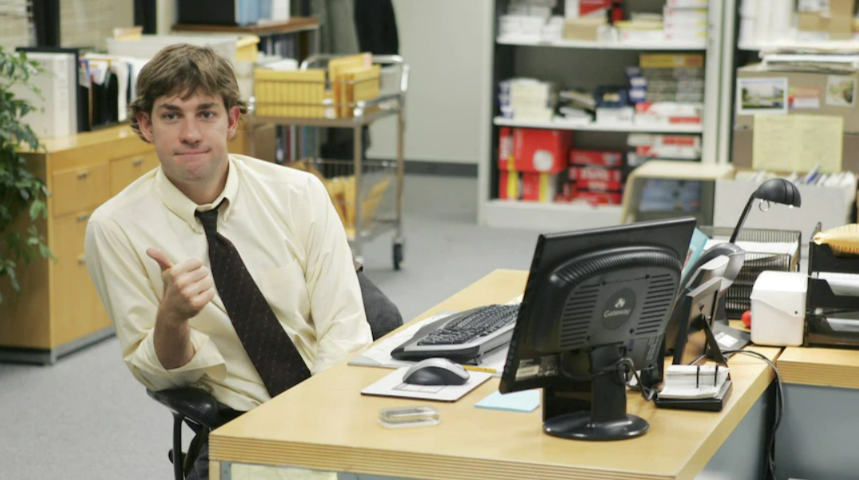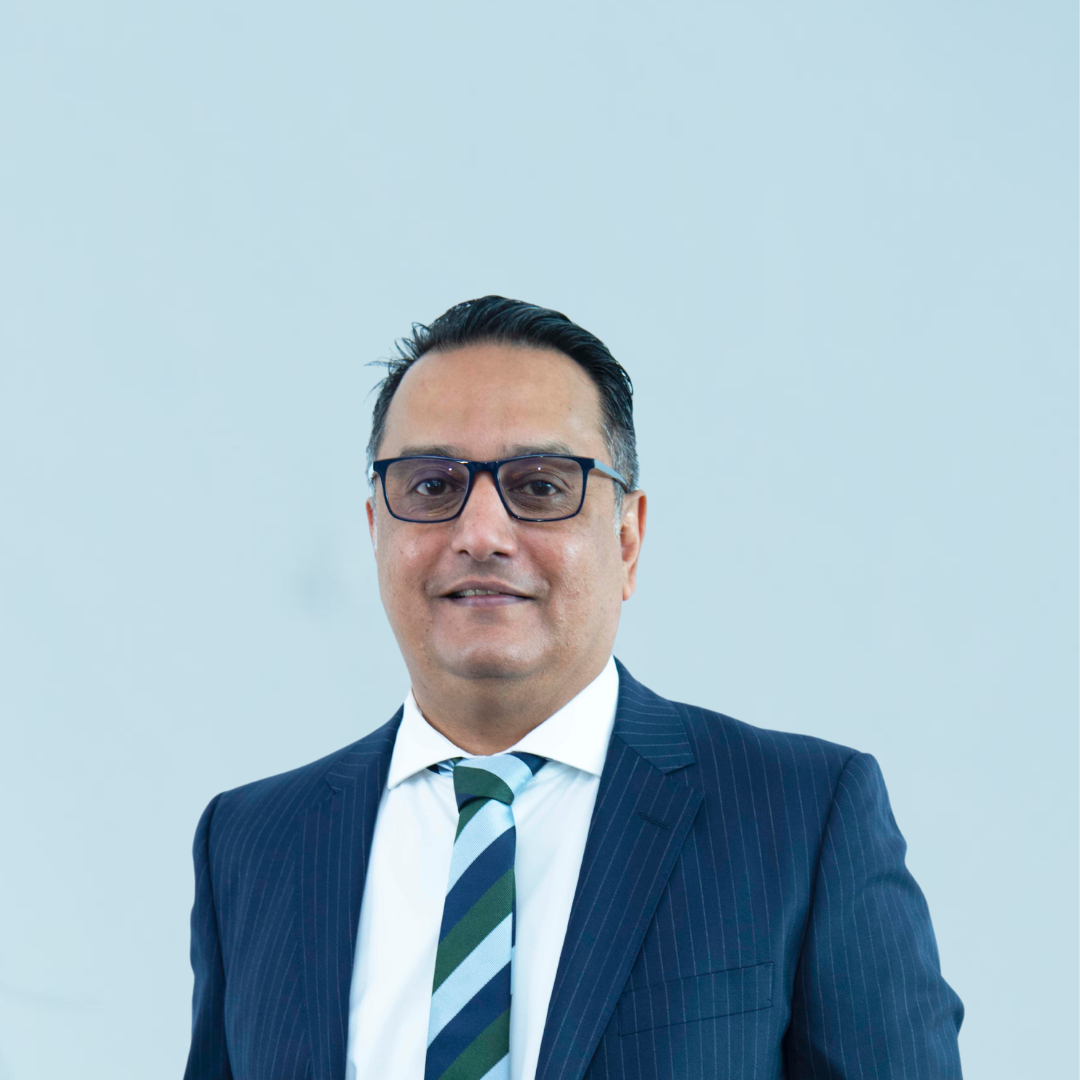Job interview are getting longer and more demanding. Here’s how to handle it!
When Joe*, a web developer based in Sydney, applied for a job recently, he knew it would be a marathon process.
“I knew, from talking to grads who’d made it to the other side, that the hiring process was meant to be a sort of trial by fire,” he says.
For the tech bros of Silicon Valley, a 12-hour marathon of back-to-back interviews at the company “campus” is seen as a rite of passage into the industry.
“There’s panel interviews, presentations, riddles rather than regular questions. But it was a test of endurance, too,” Joe says.
“I had to do 12 separate stages before I got offered the gig.”
Once the sole preserve of tech, corporate, and finance companies, this style of “marathon interview” has exploded in popularity since the outbreak of the pandemic.
Data collected by the Boston Consulting Group shows that, over 2020, the number of white- and blue-collar candidates in the US asked to complete four-stage interviews spiked by 126 per cent year-on-year.
Those tasked with five-stage interviews, meanwhile, surged by 94 per cent.
Perhaps that’s why, when a LinkedIn post from a weary US job seeker went viral this August, as thousands from all walks of life aired their frustrations.
“I went through a nearly four-month process going from initial interview with human resources, interviewing with the president of the company, then a panel interview with three VPs, a CEO and CFO, only to fall short in the end to an internal candidate,” one call centre manager wrote.
“I recently took a month to get through a five-stage interview for an entry-level mining position,” an Australian commenter said.
“Prior to COVID, they’d check references and call you in to work a few days’ trial.”
Method to the madness
So why are things changing so rapidly?
The biggest driver of the boom has undoubtedly been the transition to remote recruitment.
“If people can’t get in and meet someone face-to-face, then they are prone to wanting to have more and more virtual interviews as a way to compensate,” says Curtin University professor Julia Richardson.
“Employers are trying, perhaps too hard, to identify the right person … thinking that the more they interview them then the less likely they are to make an error in judgement.
“However, the problem with this is that we know very clearly that interviews are a poor predictor of performance and fit — mainly because people can be quite adept at performance.”
Red Flags and What to do About them
There’s, unfortunately, no hard-and-fast rule for when an interview process strays into excess.
According to Professor Richardson, this may actually explain why companies are embracing this trend.
“If I were to think cynically,” she says, “one might wonder whether this is precisely what some organisations are doing … testing who has the sticking power.'”
But there are some common red flags to watch out for.
Multiple “final rounds”, a poorly defined interview process and recruiters who take weeks or months to get back to you often indicate you’re being “breadcrumbed”.
And if you find that’s the case? Professor Richardson has a few pointers:
- If you’re uncomfortable with how the recruitment process is evolving, make sure to let the recruiter know. Don’t be vague; cite specific examples, such as if you’ve been asked the same questions multiple times.
- If you have other applications underway, or if long gaps are left between interview sessions, address this head-on. Asking for a specific deadline can be a useful tool in getting to a firm yay or nay.
If it’s too much, and you’re thinking of withdrawing, Professor Richardson once again says honesty is the best policy.
“Focus on the process, not the person: Thank them for their time, but state you feel you have provided sufficient information for a decision to be made,” she says.
“If they want you, they will snap you up and if they are messing you around then they won’t.”
A ‘two-way Street’
But Professor Richardson says that there’s a place for multiple interviews where both parties are positioned to learn about one another.
“It is perhaps less an issue of how many rounds of interviews are held, but more a question of what’s being done in them,” she says.
“Sitting candidates down and asking them standard questions, time and time again, is a waste of everyone’s time.
“A better approach is to get applicants to engage in various work-related activities.Watch how they work with others, how they address conflict, how comfortable they are with risk or taking direction.
“It needs to be a two-way street — let them learn about the company and its culture.”
Source: ABC Everyday


